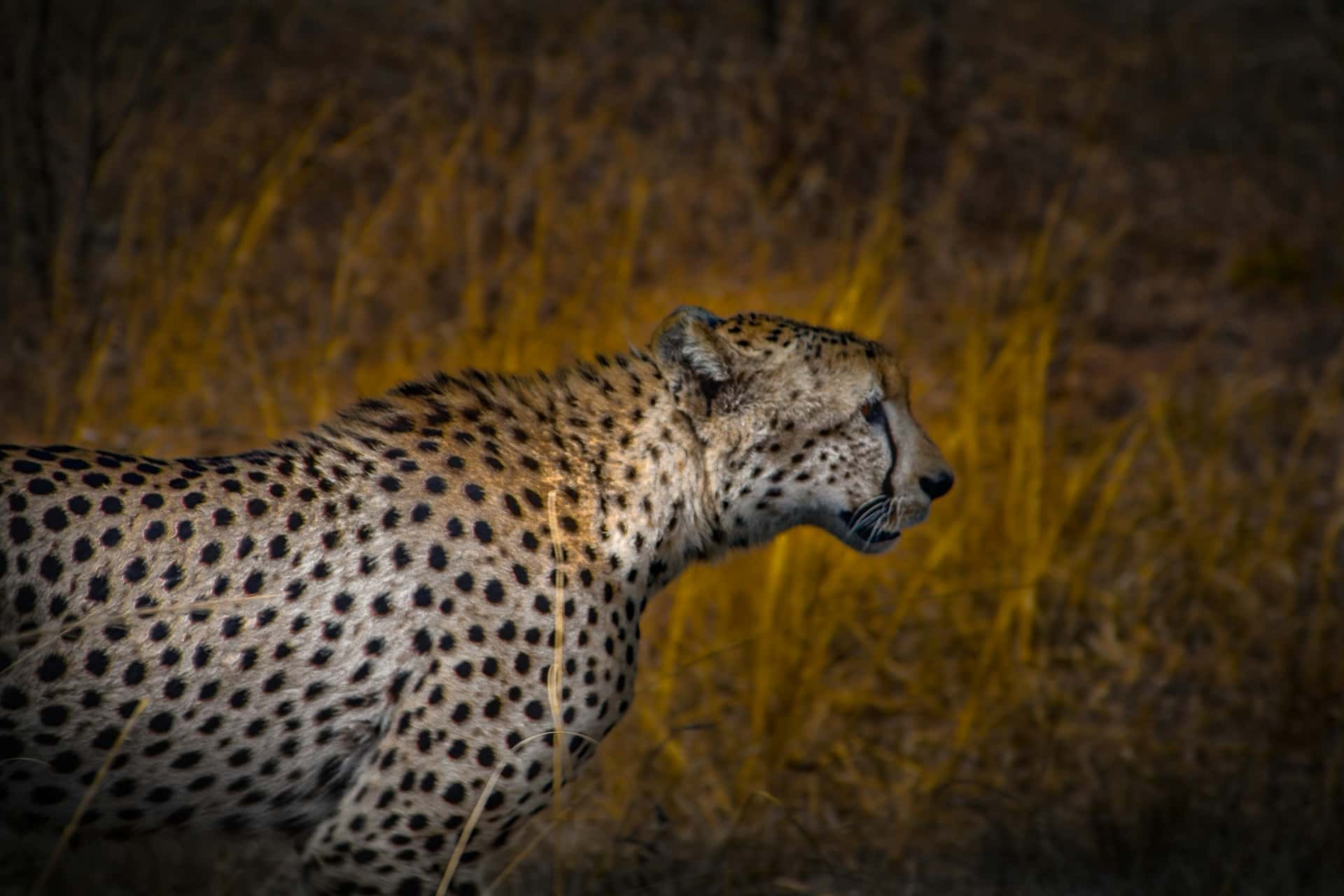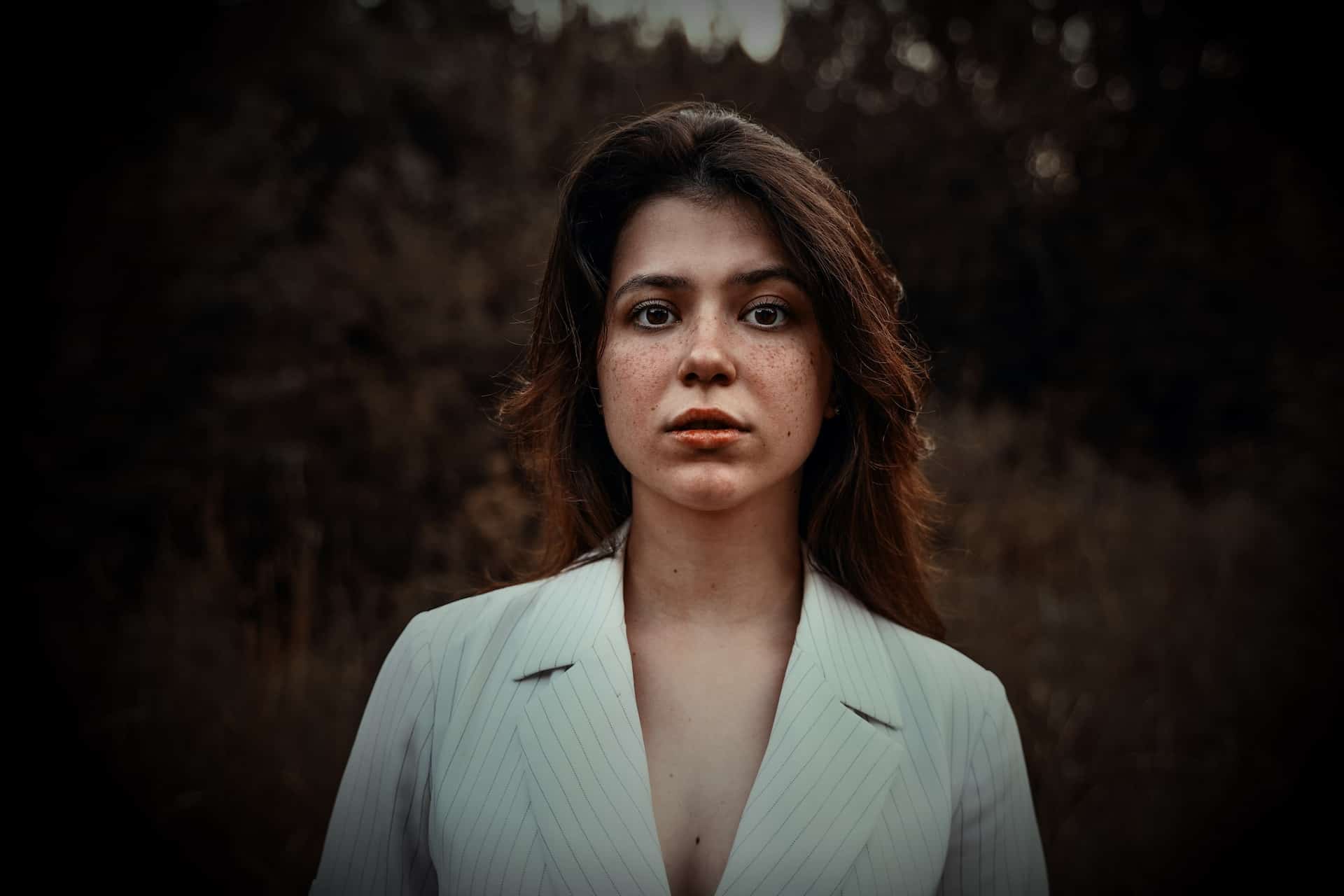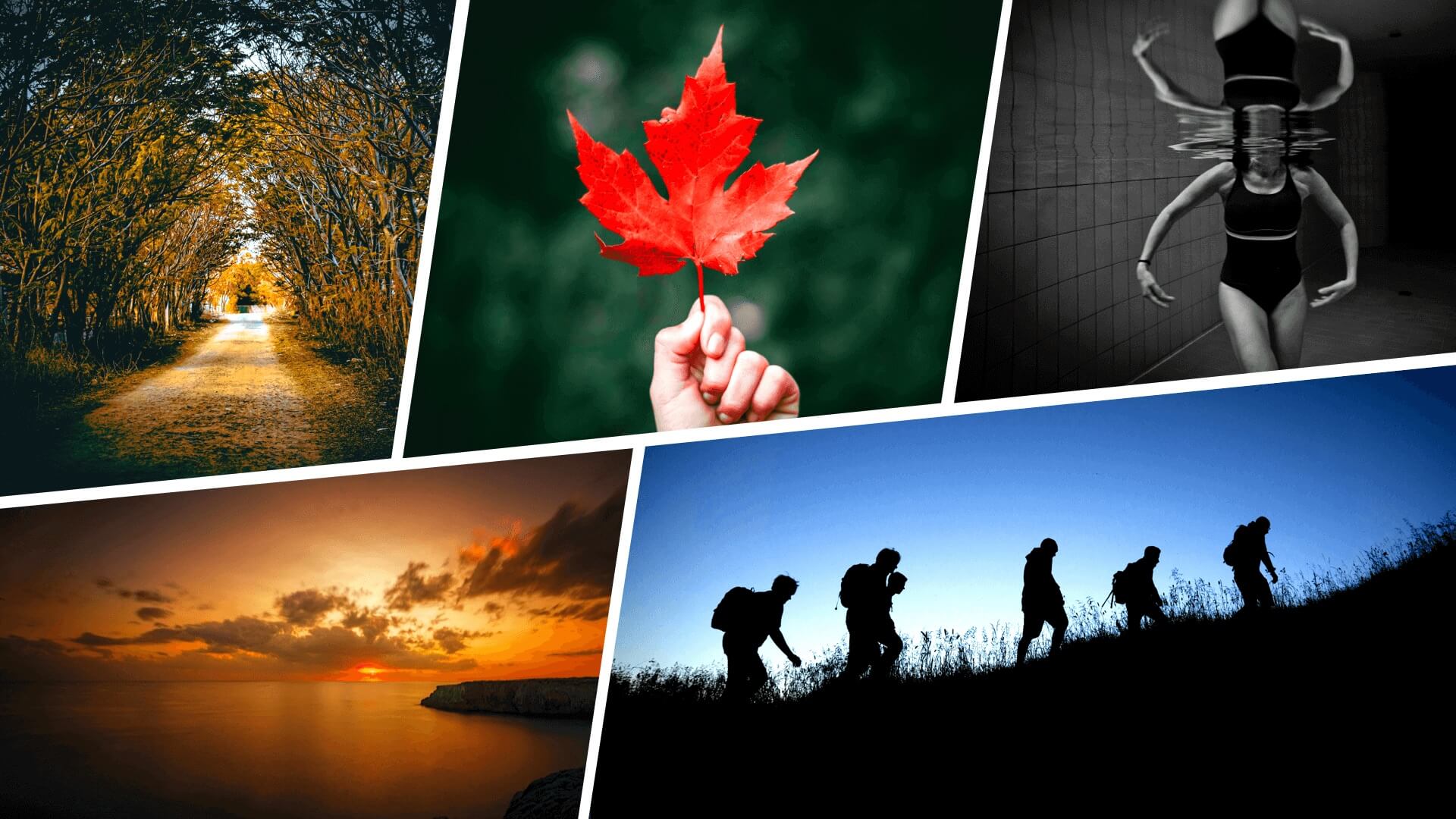Have you ever noticed how some photographs have a captivating and nostalgic touch, with the edges appearing darker or faded? Well, that’s not a mistake – it’s actually a deliberate effect known as vignetting.
Originally, it wasn’t an artistic choice, but rather an unavoidable result of certain camera and lens designs. In this article, we’ll explore the fascinating world of vignetting – what it is, where it originated from, and why photographers still embrace it today.
What is Vignetting in Photography?
First, let’s define vignetting
While commonly perceived as an error or flaw, vignetting in the realm of photography is anything but. Let's start by looking at the definition of vignetting.
VIGNETTING DEFINITION
What is vignetting in photography?
Vignetting in photography refers to a reduction in an image's brightness or saturation at the periphery compared to the center. This is usually characterized by a gradual darkening towards the edges and corners of the image, considerably different from the center.
This can be a characteristic of lens design, or it can be intentionally added in post-production for artistic effect. The term comes from the French word 'vignette,' which originally referred to a small, decorative design or drawing on a book page. In photography, it has taken on a slightly different meaning, but with the same idea of focusing attention on a particular area.
This effect can be subtle or very pronounced, depending on its application. The result? A pleasing, focus-driven frame that drives the viewer's eye towards the center of the image. This characteristic has made vignetting a popular and enduring technique in the world of photography.
What is vignetting in photography used for?
- Guiding the Viewer's Eye
- Adding Depth and Drama
- Eliciting Nostalgia and Vintage Charm
History of Vignette Photography
Origins of Vignetting
Vignetting is a technique that dates back to the early days of photography. Initially, it was not a deliberate artistic decision, but rather an inevitable outcome of specific camera and lens designs. Early lenses could not evenly distribute light across the entire image frame, resulting in darker corners.

Hunters in Colorado: Late 1800s
Over time, photographers began to appreciate and exploit this "flaw" for its ability to draw the viewer's eye towards the center of the photo. In fact, in the 19th century, vignetting was often added to portraits using darkroom techniques to create a more intimate and focused image.
In modern times, with the advancement of lens technology and post-processing software, vignetting can be achieved with much more control and precision.
Related Posts
What is Vignetting in Photography Used For?
Why Vignetting is Used
Vignetting, a technique used by photographers for various reasons, serves to enhance the visual impact of photographs. While modern lenses are designed to reduce vignetting, many photographers still choose to add it in post-production for creative purposes. Why? There are a few common reasons.
Guiding the Viewer's Eye
By subtly darkening the edges of a photograph, vignetting directs the viewer's attention towards the central subject, making it stand out and creating a focal point. This can be beneficial when shooting landscape photography or wildlife photography.

Photo by Adrien Tutin
Adding Depth and Drama
Particularly in portrait and landscape photography, vignetting can be employed to add depth and create a sense of drama. The gradual darkening towards the edges of the frame can emphasize the main subject and give the image a more dynamic and engaging look.
For example, this can add a lot to portrait photography.

Vignetting portrait photography
Eliciting Nostalgia and Vintage Charm
Vignetting can also be utilized to evoke a sense of nostalgia or vintage aesthetics. The soft, faded edges reminiscent of old photographs can create a timeless and classic atmosphere.

Vintage Aesthetic
Vignetting is an amazing technique photographers use to add unique visual elements to their images. It's like having a secret weapon in their toolbox! However, like any technique, it's important to use it thoughtfully and in moderation. You don't want to overdo it and distract from the overall impact of the photograph.
Finding the right balance is key — using vignetting in a way that enhances the image without overwhelming it.
Vignetting is a fascinating aspect of photography that has evolved from an unintentional byproduct of early camera design to a powerful tool in the photographer's arsenal. It just goes to show how creativity can turn perceived flaws into artistic strengths.
Up Next
How to Make Photos Look Like Film
If vignetting is an aesthetic that you’re interested in you may want to check out our next article where we break down how to make your photos look like film, a technique that, when paired with vignetting, can produce truly enchanting results.
Up Next: Making Photos Look Like Film →
Share your vision with elegant shot lists and storyboards.
Create robust and customizable shot lists. Upload images to make storyboards and slideshows.
